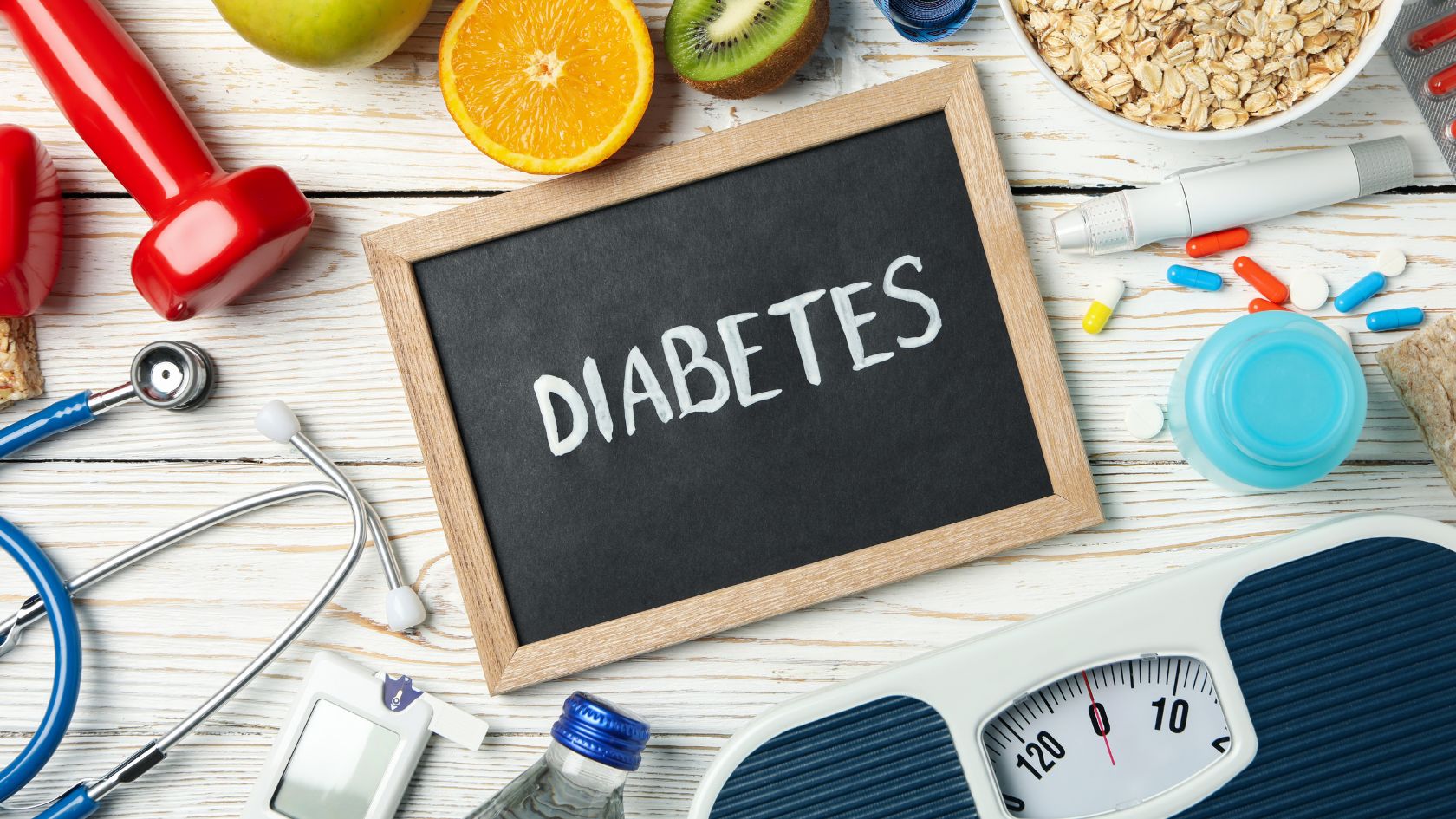Diabetes Risk Surge Among Young Adults
According to a study published in The Lancet, the risk of diabetes among individuals aged 15-49 has significantly increased over the past two decades. The number of years lost due to poor health and premature death (measured in Disability-Adjusted Life Years, or DALYs) has risen by nearly 50%. The study indicates a sharp rise in the prevalence of metabolic issues, including high blood pressure, high blood sugar and high body mass index (BMI). These problems make the 15-49 age group more susceptible to diabetes. Additionally, this age group is also prone to elevated levels of low-density lipoprotein (LDL), commonly known as "bad" cholesterol.
Public Health System Strain
These issues not only affect individual health but also place immense pressure on public health systems. While metabolic problems have some biological basis, lifestyle factors significantly influence their development, particularly among young people. Many lack sufficient physical exercise, engage in prolonged sedentary behavior, face high work stress and have low levels of physical activity—all key factors that increase diabetes risk. The prevalence of high-sugar and high-fat foods has led to widespread unhealthy eating habits among young people. Diets high in calories and low in nutrient density contribute to obesity, which is a major risk factor for type 2 diabetes. Researchers suggest that the increase in these metabolic risk factors also reflects the trend of an aging population, with older individuals being more prone to these health issues over time.
Comprehensive Strategies Needed
As global health issues become more complex, addressing diabetes and related metabolic problems requires efforts from both governments and public health institutions, as well as active participation from individuals. Comprehensive strategies, including policy guidance, educational campaigns, and regular monitoring, serve effectively in reducing the risk of diabetes among the 15-49 age group and in enhancing overall public health.
